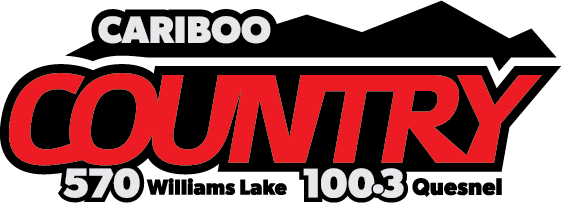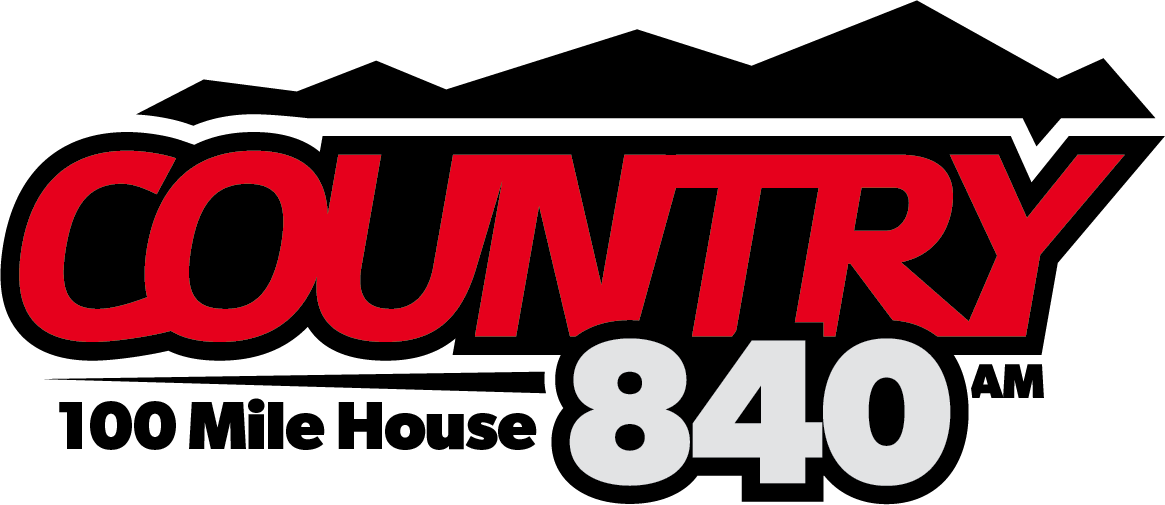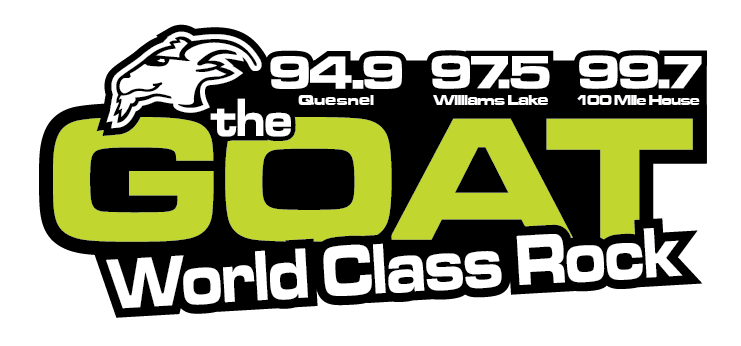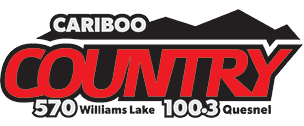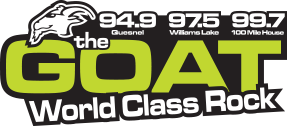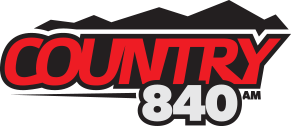The Ministry of Forests, Lands, Natural Resource Operations and Rural Development is providing additional guidance to professional foresters and licensees to support salvage-harvest planning through a 26-page document.
“It’s been a long time since we’ve seen this kind level of forest fire and the impacts, and it’s always helpful to have guidance documents out there so that people know how to perform harvest operations, salvage operations, and have the sense and the guidance to say where and when to do that salvage operation for the environment,” says Chief Forester Diane Nicholls.
“When you have a wildfire that goes through, there is a limited time where that burnt timber is merchantable-ie usable in a mill situation. So that’s the urgency around the salvage operations-is to be to get that merchantability value out of the wood that’s still available. The key to having additional salvage harvest guidance is to make sure that where the salvage is done is done in an appropriate manner and in appropriate places, and making sure there’s a balance to that.”
About 700,000 hectares of land containing merchantable timber was burned to varying degrees during last year’s fire season.
In the Williams Lake TSA (timber supply area) there was 54.5% mortality impact, with 51.2 % in the 100 Mile TSA, and 60.5% in the Quesnel TSA.
Nicholls confirms that analyses to date suggest current annual allowable cuts do not need to change.
“The annual allowable cut that has been set recently in most of those units will stand,” she says.
“What has or may differ is the partitioned amounts of dead versus live wood that’s allowed to come off in a salvage effort.”
Something going on in the Cariboo you think people should know about?
Send us a news tip by emailing [email protected].

